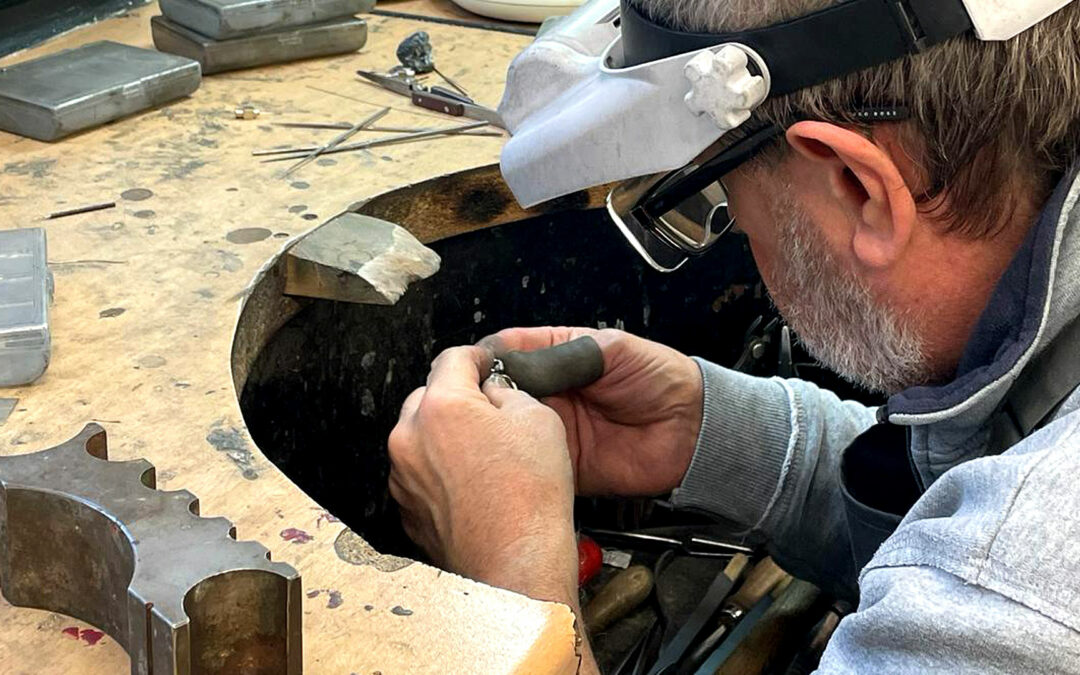The art of bespoke jewellery: crafting unique pieces from concept to creation
May 12, 2024Bespoke jewellery represents the pinnacle of personalisation in the world of adornments.
It transforms individual stories and visions into beautifully crafted pieces that hold profound sentimental value. The process of creating bespoke jewellery is intricate, requiring skill, patience, and creativity. Here, we explore each stage of crafting a bespoke piece, from initial consultation to the final unveiling.
Initial Consultation
The journey begins with an initial consultation, where the client and jeweller meet to discuss ideas, preferences, and the overall vision for the piece. This conversation is crucial as it sets the foundation for the design. Clients may bring inspiration from various sources, including photographs, existing jewellery, or even abstract concepts based on emotions or significant life events.
Design Phase
With a clear understanding of the client’s desires, the jeweller sketches preliminary designs. This stage may involve several iterations to refine the concept into a workable blueprint. Today, many jewellers also use computer-aided design (CAD) software to create detailed 3D models of the proposed jewellery. These models provide a realistic preview of the final piece, allowing for adjustments before the physical work begins.
Material Selection
Choosing the right materials is integral to the bespoke process. The choice of metals—from gold and silver to platinum—and gemstones is tailored to the client’s preference, budget, and the piece’s intended wearability. The jeweller may suggest certain materials that best complement the design’s aesthetic and durability.
Crafting the piece
Once the design is finalised and materials are sourced, the actual creation of the jewellery begins. This stage is highly technical, involving skilled craftsmanship. Traditional jewellers handcraft the piece, employing techniques like sawing, filing, and soldering. Modern workshops might also use precision tools and machinery to assist with intricate details that require consistency and accuracy.
Setting Stones
If the design includes gemstones, setting them is a delicate process that requires expertise to ensure they are secure and beautifully showcased. Depending on the design, various setting techniques—such as prong, bezel, or pavé—may be employed. The jeweller must handle each stone with care to prevent damage and achieve the desired aesthetic effect.
Finishing Touches
The final stage involves polishing and finishing the piece to enhance its beauty and durability. This may include buffing, engraving, and applying surface treatments to achieve the desired shine or texture. The jeweller inspects the finished piece meticulously to ensure every detail aligns with the agreed-upon design and quality standards.
Presentation
The final reveal of the bespoke jewellery is a moment of celebration. It’s often presented in elegant packaging along with any relevant certificates, especially if high-value gemstones are involved. The presentation marks the culmination of a collaborative journey between the jeweller and the client.
Post-Delivery
The relationship between the jeweller and the client often continues beyond delivery. Many jewellers offer services to maintain and repair bespoke pieces, ensuring they last for generations and remain as beautiful as the day they were crafted.
